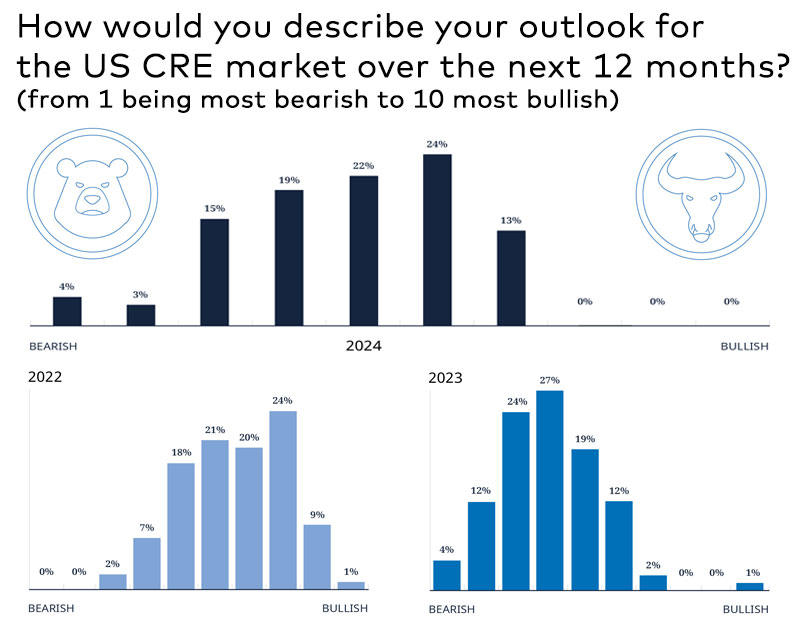SEC Moves to Prevent Another ‘Flash Crash’
The Securities and Exchange Commission is taking steps to prevent a repeat of May 6, when the stock market dove nearly 1,000 points in less than a half hour in an incident suspected to be a technological glitch involving a trader's incorrect data entry.
By Allison Landa, News Editor
The Securities and Exchange Commission is taking steps to prevent a repeat of May 6, when the stock market dove nearly 1,000 points in less than a half hour in an incident suspected to be a technological glitch involving a trader’s incorrect data entry.
In conjunction with the Financial Industry Regulatory Authority, the SEC has filed proposed rules under which trading of certain individual stocks would be paused should the price move 10 percent or more in a five-minute period. On the day of the crash, that happened to approximately 30 S&P Index stocks.
“The pause would give the markets the opportunity to attract new trading interest in an affected stock, establish a reasonable market price, and resume trading in a fair and orderly fashion,” the SEC said in a statement, adding that the new rules would be in effect on a pilot basis from through Dec. 10 of this year. The SEC is also seeking comment on a recalibration of market-wide circuit breakers on the books, which apply across all equity trading venues and the futures markets. None of these were triggered on May 6.
Such swift action is necessary in a time when the market is already vulnerable. Though the drop on May 6 has been by far the most pronounced in recent weeks, the recent gyrations of Wall Street have not been for the faint of heart. Investors are spooked enough by the Greek financial crisis as well as the specter of similar troubles in Portugal, Spain and Ireland, not to mention the tenuous recovery from recession. Add in computer errors and you have even more cause for concern.
Technology has its limits, and only so much can be done to prevent human error from creating catastrophe. That said, the SEC will have to move rapidly not only to ward off wayward fingertips, but to reassure investors that the markets won’t pose any unnecessary risk.






